Andy’s Experience
Andy SymondsS2DS Alumni 2019I completed the virtual S2DS programme in March/April 2019. Two and a half years later, I am working as a data scientist at a large multinational consultancy, where I have been working for nearly all of that time. My time in data science has been so enjoyable and all that can be traced back to S2DS. In this post I want to highlight the benefits the virtual course gave me when applying for a job and subsequently all the skills I learnt that have really helped in my job.
The two big reasons I applied to the virtual S2DS programme over the in-person course were convenience and timing.
Convenience: I have a young family, so the idea of disappearing to a residential course for 5 weeks did not work for my family, no matter how much I wanted to do the course.
Timing: My academic postdoc contract was coming to an end and I wanted to do the S2DS programme as soon as possible. Rather than waiting for the next residential S2DS programme, getting stuck in with the virtual programme allowed me to get on with the task of making the transition from academia to data science.
Most things on the virtual course, as the name implies, happen through various video sharing technologies - you name it, we used them: Hangouts, Skype and Zoom were all used to chat 'face-to-face' with team members and Pivigo mentors. Webinars and panel sessions were hosted via GoToWebinar. We used Slack extensively to keep in touch with team mates throughout the day. This is just like my day-to-day work as a data scientist, especially in recent times.
The virtual programme is much smaller than the residential course, with only 16 people in my cohort. Although you are only seeing peoples' heads on a screen, at no point did I feel isolated at home - 5 weeks flashed by with either project work, webinars, or panel discussions to attend plus the 'end of week wind down' with the whole cohort.
Half of my cohort were based overseas in various exotic locations, which gave a real global feel to proceedings. Early in the course, we had one-on-one 'speed networking' calls with each member of the virtual programme, having been provided with some fun ice-breaking questions. These sessions really settled everyone into the course and helped us to get to know one another.
The Pivigo team did a great job to keep communication flowing between each team. There is definitely a knack to good virtual teamwork, but with a webinar on how best to do this early in the course and weekly check-ins with a mentor for precisely this, I felt comfortable with the level of communication between my team and the wider cohort throughout. In fact, during my job interview, having a proven ability to communicate using different platforms and to colleagues whom English was a second language was a big tick for me in the skills box.
I felt very much part of a close-knit group and we share a common bond moving forward. I would feel comfortable dropping anyone a line to ask for advice or just to catch up and see how they were getting on. There is also a 'virtual day out' in London halfway through the course where over half of the participants and Pivigo mentors met up and had a fun day out!
To wrap it up, while both flavours of the S2DS programme give participants hands-on experience with real world data science projects, the virtual course taught me how to communicate with small teams across video links and gives you much more flexibility in being able to complete the course from home.
In the field of data science where a lot of jobs require team meetings with participants geographically spread out or working from home, the skill of good video communication is one I had not thought too much about, prior to starting the virtual course, but was a great bonus skill to learn and in the future world of work is now essential.
Good luck with your data science journey, whichever route you take.

